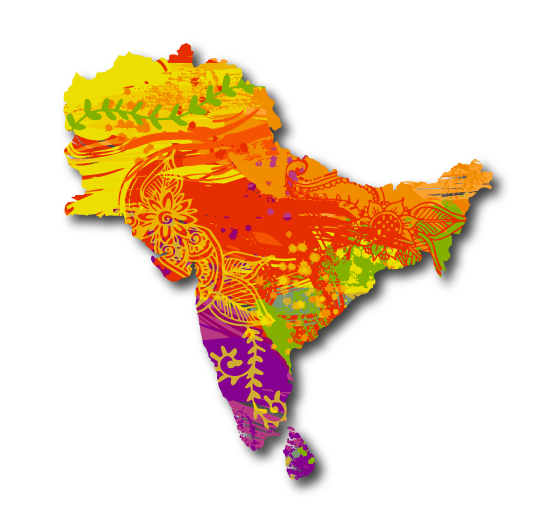‘les enphants’ fashion brand CHINA’S 50th FUR-FREE RETAILER, ANNOUNCE ACTAsia and the Fur Free Alliance

CHINA — China’s 50th fashion brand to pledge a fur-free future is a popular label for children and maternity wear, les enphants. Founded in Taiwan in 1971, les enphants entered mainland China in 1993, and since then has grown to an influential 1,000 stores across 30 provinces and 204 cities.
A consumer trend for compassionate fashion is growing among younger customers in China. Other popular brands reaching for woke consumers include HEURUEH, Grace Chen, Eco Fur, COLORFULLL, NLNL, SIJIA SUDIO, TUYUE, DONSEE10, ICICLE, JI CHENG, Maryma, and children’s wear brand IKAMELLR.
Alex Lin, chairman of les enphants, said: “After 50 years, les enphants is not only a business model, but corporate and social responsibility are the starting point of everything we do. Our enterprises will develop healthily and happily – like children. At les enphants, we agree with the aims of the Fur Free Alliance and Fur Free Retailer programme. Children are the future of the planet and the lifelong career of les enphants. We always believe that sustainable fashion and design can lead the future development of the children’s-wear industry!”
To-date, more than 1,500 brands worldwide have joined the international Fur Free Retailer scheme (FFR), including iconic names Prada Group, Adidas, Gucci, H&M, The North Face and Michael Kors.
Although fur trim and accessories have been popular with designers, retailers and consumers in China and other parts of Asia, the fur-free message is being heard as more companies and brands go fur-free. As a member of the Fur Free Alliance (FFA), the organisation behind FFR, ACTAsia has been promoting the scheme in China since 2012. Through its Caring for Life Education programme, ACTAsia connects sustainable, fur-free fashion producers with consumers seeking responsible fashion. By promoting a consumer market for sustainable, cruelty-free produce, FFR and ACTAsia are strengthening a gradual move away from the exploitation of people, animals and nature, inherent to the fur industry.
In a survey ACTAsia carried out in 2020, 70% of more than 5,400 consumers in six cities expected fur-free to be a future trend. The new interest is reflected by China’s leading media voices who have joined the fur-debate for the first time, including China International Television (CGTN) and Jing Daily.
The COVID-19 pandemic has raised the controversial profile of fur, and awareness of the risks associated with farming wild animals for all purposes. Concerns over cases of zoonotic transmission of a new variant of the disease from mink to people recently led to the cull of 17 million mink in Denmark, and Covid-19 has been identified on more than 400 mink farms across Europe and North America. Last month Italy joined Denmark and Sweden in suspending mink fur breeding until the end of 2021. The Netherlands brought forward its planned fur farming ban, ending fur production in the country for good in January this year, while legislation to ban fur farming by 2025 is under discussion in France, In the face of global challenges such as climate change, pandemics, environmental and water pollution, the potential health risks of the commercial use of wild animals are undeniable.
Designers, brands and fashionistas are less and less able to defend the use of real fur, and as demand for sustainable fashion rises, many more will consider sustainability as part of their business goals in 2021.
“We are delighted to welcome les enphants to FFR,” said ACTAsia spokesperson Dawn Peacock. “Every consumer has the right to know that the goods they buy have been produced sustainably and humanely. We continue to work hard to reduce the popularity and production of animal fur in China, and anticipate many more brands and consumers joining this compassionate trend in both supply and demand in 2021. We’re confident that our first 50 FFRs in China are paving the way to a more compassionate and sustainable future.”



















Facebook Comments